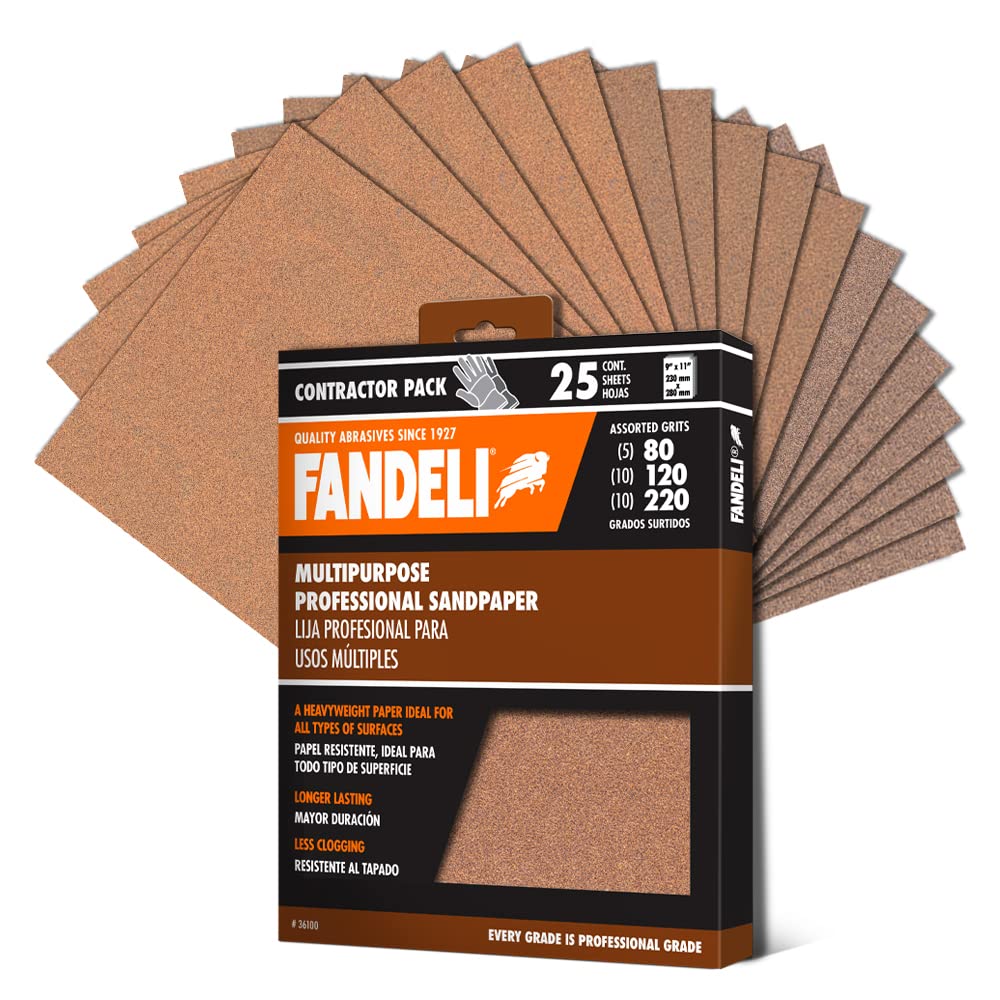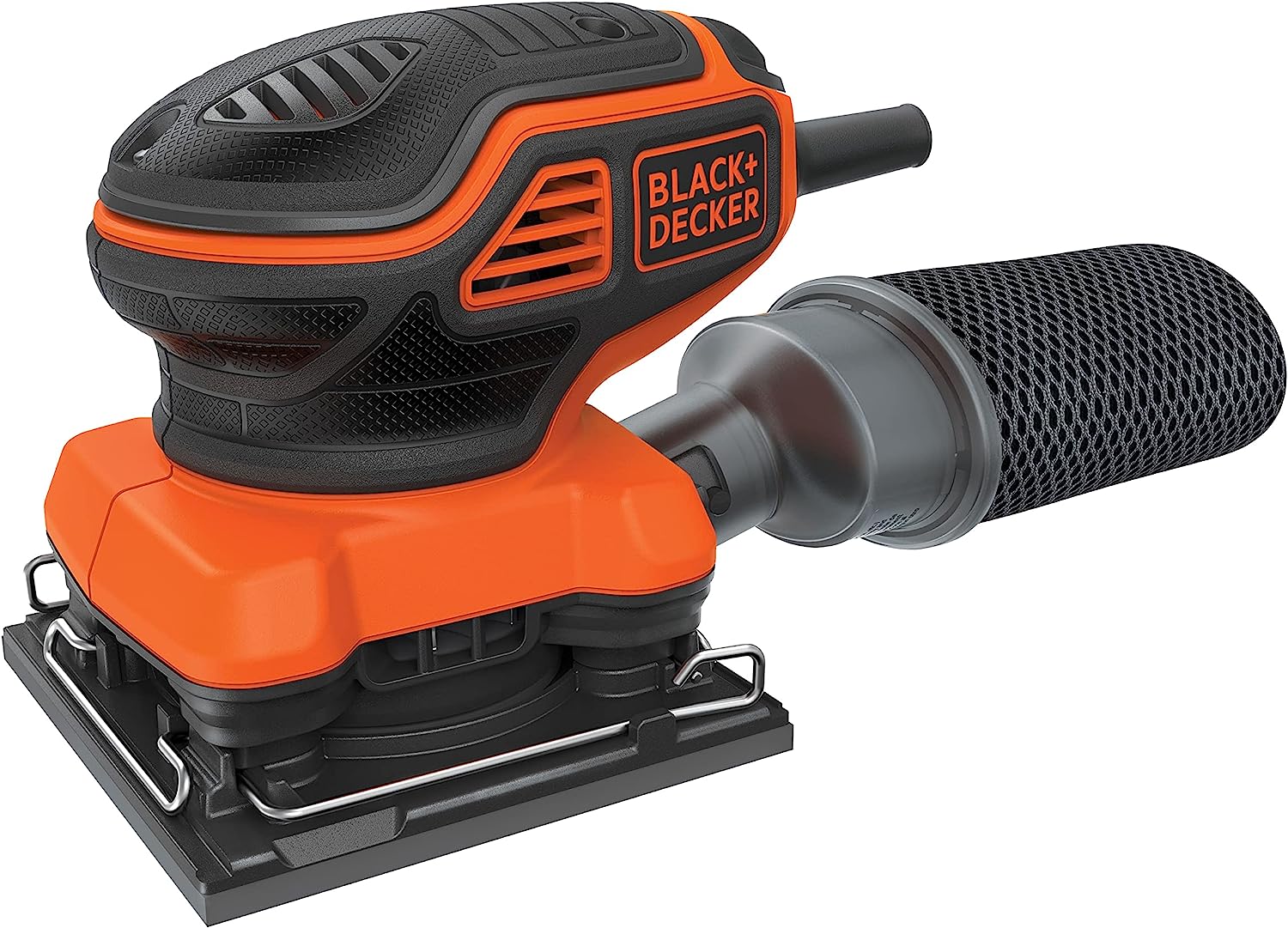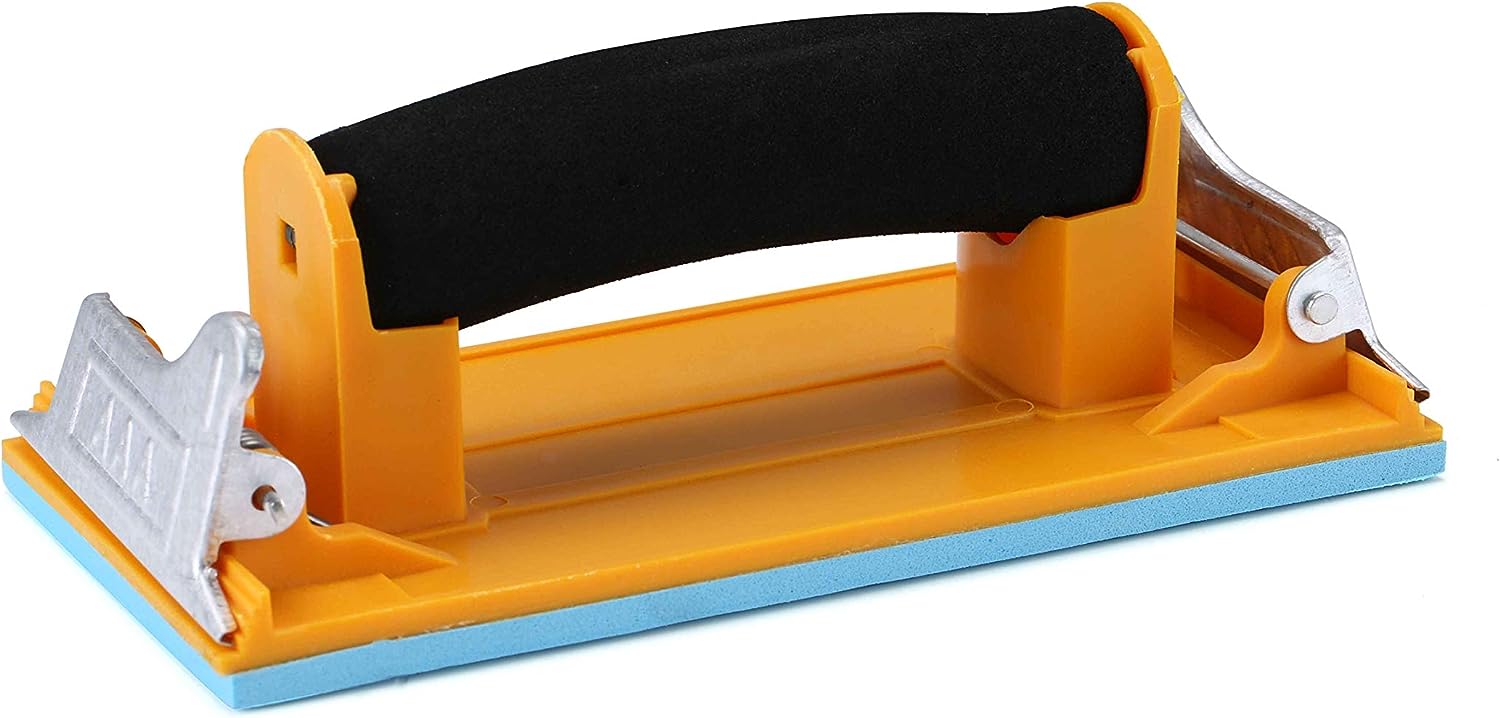Understanding Grit: The Key to Selecting Sandpaper for Wood
When it comes to woodworking, sanding is an essential step in achieving a smooth and polished finish. Whether you are working on a small DIY project or a large-scale woodworking masterpiece, selecting the right sandpaper is crucial for achieving the desired results. With a wide range of sandpaper options available in the market, it can be overwhelming to choose the right one. However, understanding the concept of grit and its impact on sanding is the key to selecting the perfect sandpaper for wood.
The Basics of Sandpaper
Sandpaper, also known as abrasive paper, is a versatile tool used for smoothing surfaces by abrasion. It consists of a backing material coated with abrasive particles. The abrasive particles, commonly referred to as grit, are responsible for removing material from the surface being sanded.
Sandpaper comes in various forms, including sheets, sanding blocks, rolls, discs, and sponges. Each form has its own advantages and is suitable for different sanding applications. For instance, sandpaper sheets are ideal for hand sanding, while sanding discs are commonly used with power sanders.
The Importance of Grit
Grit is the measurement of the size of abrasive particles on the sandpaper. It determines the aggressiveness and the level of smoothness achieved during sanding. The higher the grit number, the finer the abrasive particles and the smoother the finish.
Understanding the different grit sizes is crucial for selecting the right sandpaper for your woodworking project. Grit sizes typically range from coarse to fine, with each size serving a specific purpose:
- Coarse Grit Sandpaper: Coarse grit sandpaper, typically ranging from 40 to 80 grit, is used for heavy material removal. It is ideal for shaping and leveling rough surfaces, removing paint or varnish, and preparing the wood for further sanding.
- Medium Grit Sandpaper: Medium grit sandpaper, ranging from 100 to 150 grit, is used for general sanding purposes. It is suitable for smoothing rough surfaces, removing scratches, and preparing the wood for finishing.
- Fine Grit Sandpaper: Fine grit sandpaper, ranging from 180 to 220 grit, is used for achieving a smooth finish. It is ideal for removing small imperfections, preparing the wood for staining or painting, and final sanding before applying a finish.
- Extra Fine Grit Sandpaper: Extra fine grit sandpaper, ranging from 240 to 600 grit, is used for achieving an ultra-smooth finish. It is commonly used for sanding between coats of finish, removing fine scratches, and polishing the wood surface.
Types of Abrasive Materials
Another important factor to consider when selecting sandpaper is the type of abrasive material used. Different abrasive materials have varying levels of hardness and durability, making them suitable for specific applications.
Here are some commonly used abrasive materials in sandpaper:
- Aluminum Oxide: Aluminum oxide sandpaper is the most commonly used abrasive material. It is durable, long-lasting, and suitable for a wide range of sanding applications. It is ideal for sanding wood, metal, and painted surfaces.
- Silicon Carbide: Silicon carbide sandpaper is known for its sharp cutting edges and fast cutting action. It is commonly used for sanding hard materials such as glass, ceramics, and stone.
- Garnet: Garnet sandpaper is a natural abrasive material that is gentle on wood surfaces. It is commonly used for fine sanding and finishing applications.
Choosing the Right Sandpaper for Wood
The Best Sandpaper for Wood

Fandeli Multi-Purpose Sanding Paper

BLACK+DECKER 2.0 Amp Electric 1/4 Sheet Orbit Sander

Aouker HS85180 Hand Sander
Now that you understand the basics of grit and the different types of abrasive materials, let’s explore how to choose the right sandpaper for your specific woodworking needs:
Consider the Sanding Task
The first step in selecting sandpaper is to consider the sanding task at hand. Determine whether you need to remove a significant amount of material, smooth rough surfaces, or achieve a polished finish. This will help you determine the appropriate grit size and abrasive material.
Start with Coarse Grit
If you are starting with a rough or uneven surface, begin with a coarse grit sandpaper to remove the imperfections and level the surface. As you progress, gradually move to finer grits for a smoother finish.
Match Grit to Wood Hardness
The hardness of the wood being sanded also plays a role in selecting the right sandpaper. Softer woods, such as pine or cedar, require a finer grit sandpaper to avoid excessive material removal. Harder woods, such as oak or maple, can withstand coarser grits for efficient sanding.
Consider the Finish
If you plan to apply a stain or paint finish, it is essential to select a sandpaper that prepares the wood surface adequately. Finer grit sandpapers are ideal for achieving a smooth surface that enhances the appearance of the finish.
Experiment and Test
Every woodworking project is unique, and the sanding requirements may vary. It is always a good idea to experiment with different grits and abrasive materials on a scrap piece of wood before proceeding with the actual project. This will help you determine the best sandpaper for your specific needs.
Conclusion
Selecting the right sandpaper is crucial for achieving a smooth and polished finish in woodworking projects. Understanding the concept of grit and the different types of abrasive materials is the key to making an informed decision. By considering the sanding task, starting with coarse grit, matching grit to wood hardness, considering the finish, and experimenting with different options, you can ensure that you choose the perfect sandpaper for your woodworking needs. So, the next time you embark on a woodworking project, remember the importance of grit and make an informed choice to achieve outstanding results.



















